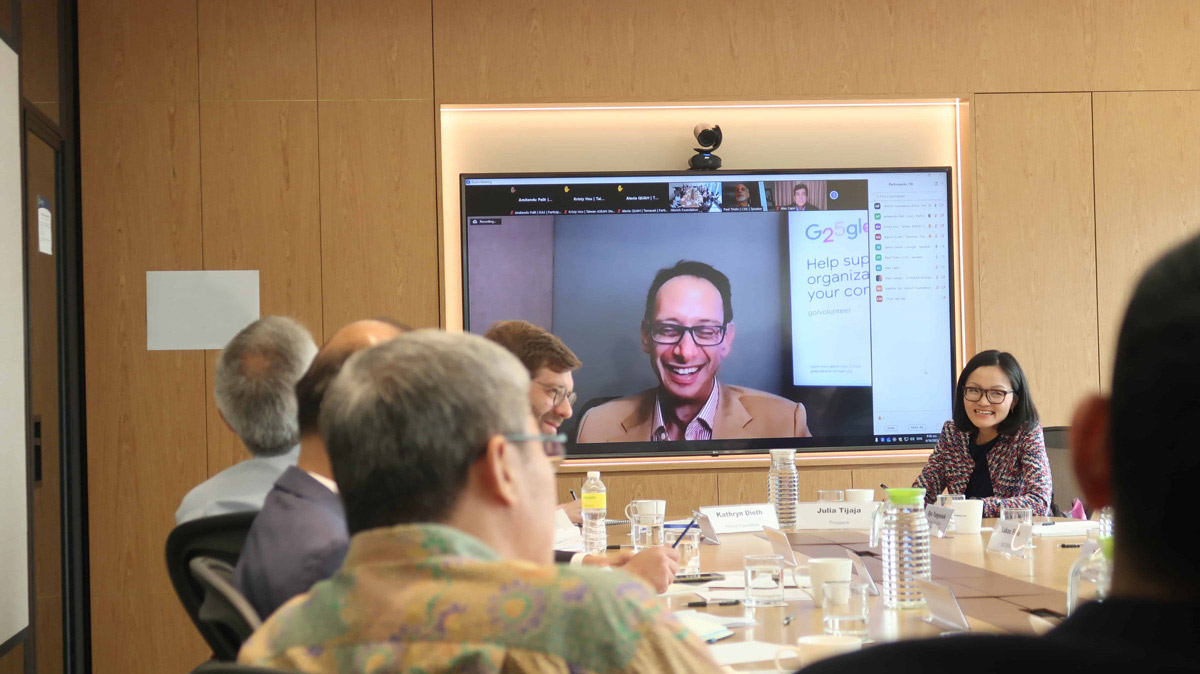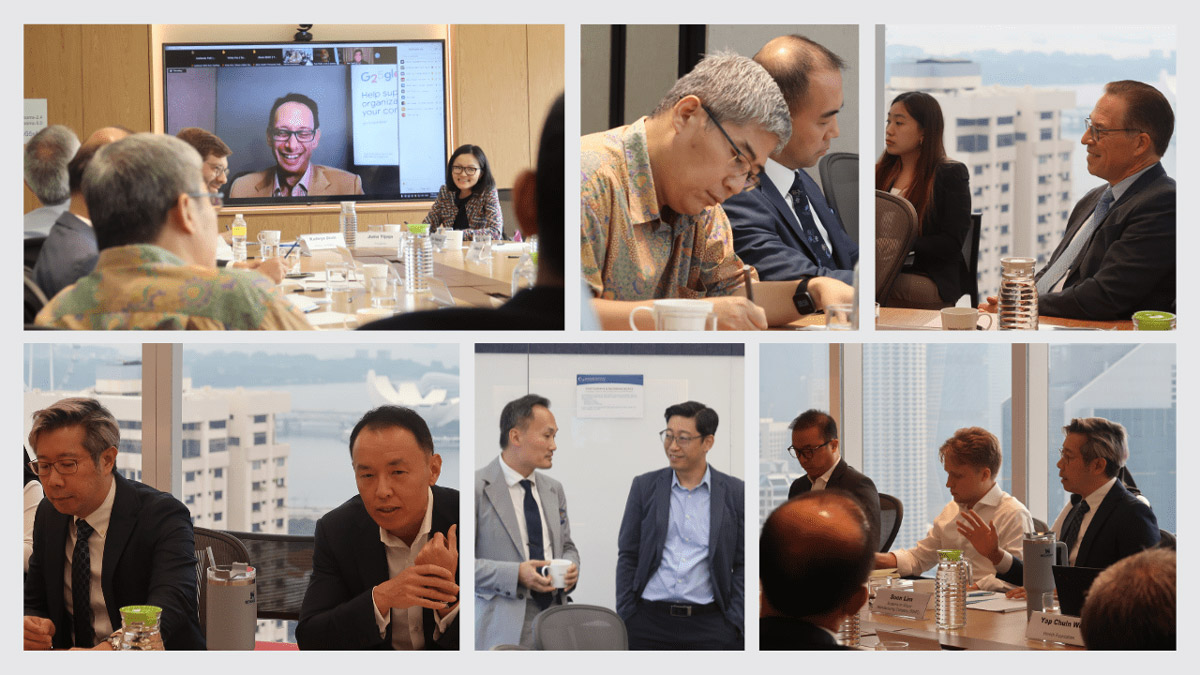Hinrich Foundation-SIIA Roundtable on tech supply chains
Published 31 October 2023
The Hinrich Foundation organized a roundtable dialogue on 6 October 2023 in partnership with the Singapore Institute of International Affairs (SIIA). The roundtable discussion kicked off with opening remarks by James Green, Director of Government Affairs and Public Policy at Google, and Paul Triolo at the Center for Strategic and International Studies (CSIS).
- Geopolitics-driven shifts in the semiconductor industry: Mounting geopolitical tensions between the US and China have resulted in the decoupling, nearshoring, and friend-shoring of semiconductor supply chains in Asia.
- Concerns about the use of semiconductors for military purposes: There are concerns that cutting-edge semiconductors should be regulated because of dual-use concerns in that they can be potentially used in military equipment. While it is true that some may be used to design and develop weapon systems, the most advanced chip technologies are primarily used in high-end commercial applications, such as smartphones.
- Information gaps: There is limited information about China’s business environment due to the expulsion of US journalists and the exodus of expats during the pandemic. This lack of information could have significant consequences for the US administration’s policymaking abilities with regard to semiconductors.
- The US CHIPS and Science Act: There are concerns that the CHIPS and Science Act is not producing its intended outcomes at its desired speed and depth. Beyond the US, export controls are difficult to implement as chip firms prefer to retain their most advanced nodes in their home countries due to already established supply chains, instead of relocating them to the US. It is extremely challenging to recreate the supply chain ecosystem that exists in Asia and develop the workforce in such a short span of time.
- Policymakers may not fully appreciate the intricacies and complexities of semiconductor supply chains: Nvidia, Intel, and Qualcomm, three of the world’s largest chip makers have pushed back against US export controls due to concerns over restricted access to the Chinese market, which forms a significant share of their revenue. This tension reveals that there is a misalignment of state and private interests, with government policies mainly driven by political and national security reasons without sufficiently understanding the industry’s concerns.
- Cost of prioritizing semiconductor technological development: The cost of viewing the geo-technological competition in absolute terms does not consider that semiconductor technology development is an iterative process and may detract focus from developing capabilities in other key aspects of the digital economy, like software development.
- ASEAN economies can leverage opportunities despite intensifying geo-technological competition: The development of cutting-edge silicon technologies and semiconductor foundries are not the only areas with opportunities. In this light, ASEAN economies should be careful not to invest significantly in this sector given that it is currently dominated by only a few firms and countries. The focus could be shifted to consider other opportunities that align with ASEAN economies’ respective comparative advantages, such as in the production of electronic components as well as in backend semiconductor assembly, testing, and packaging activities.
- Geo-technological competition will look remarkably different in the future: One reason why semiconductor technologies are salient today is because of their ability to power technological innovation and transformation, especially when it comes to AI. However, Moore’s Law, which underpins the development of chip technology, will eventually reach a hard physical limit. Once this point is reached, it is likely that geo-technological competition will transcend semiconductors and expand to rapidly emerging technologies, such as quantum computing.
Other Hinrich Foundation-SIIA Roundtables:
© The Hinrich Foundation. See our website Terms and conditions for our copyright and reprint policy. All statements of fact and the views, conclusions and recommendations expressed in this publication are the sole responsibility of the author(s).
BACK TO TOP

